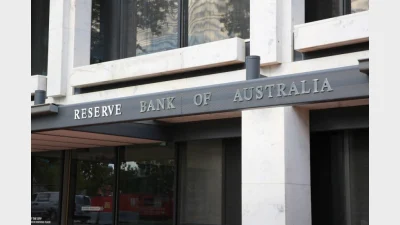Investment fees driving up super costs



Industry superannuation funds may have administration and member fees that are around half as cheap as retail funds, but they are losing their advantage because of higher investment fees, according to new analysis released by Rainmaker.
The research has been headlined under the claim that Australians are paying up to $32 billion a year in super fund fees, an increase of 10 per cent over last year and four times more than the rate of inflation, with the average superannuation fund member paying 1.23 per cent of their account balance in fees, up from 1.17 per cent.
However, the research also noted that almost two-thirds of the fees charged by superannuation funds went towards investment management with the remaining one third going to fund administration.
Rainmaker executive director, Research and Compliance, Alex Dunnin said the changes in fee disclosure made it more important for members to understand what fees were for and what the fund offered.
"These changes have dramatically changed the comparative sticker price fees across the market with retail funds offering many of the lowest price MySuper products available,” he said, noting that while the headline fee might be lower for some products it was useful to look at administration and investment components off the fees separately.
"Products offered by not for profit funds still have administration and member fees that are on average 50 per cent cheaper than retail funds, but the fees for investment offsets this advantage." Dunnin said.
"However, investment fees vary according to what investment option the member takes up. Many funds offer low cost index options as well as higher cost, more active diversified options. Ultimately fees, particularly investment fees, should be seen in light of net investment returns and risk," he said.
SMSFs were again the lowest cost market segment with an average total expense ratio of 0.82 per cent.
Recommended for you
The structural shift towards active ETFs will reshape the asset management industry, according to McKinsey, and financial advisers will be a key group for managers to focus their distribution.
ASIC has warned that practices across the $200 billion private credit market are inconsistent and, in some cases, require serious improvement.
A surge in electricity prices has driven the monthly Consumer Price Index to its highest level in a year, exceeding forecasts.
Infrastructure well-positioned to hedge against global uncertainty, says investment chief.








Interesting article, but I would argue most who work in the industry would challenge the findings of this study and it would be very useful for you to go into some detail as to what you mean by investment fees and the data to support the findings. It bears no correlation of the fee compression the funds management industry has seen over the last 10 years so the question has to be asked... what data are you basing these findings as the headline is hugely misleading !